May 16, 2025 | 10:36 GMT +7
May 16, 2025 | 10:36 GMT +7
Hotline: 0913.378.918
May 16, 2025 | 10:36 GMT +7
Hotline: 0913.378.918
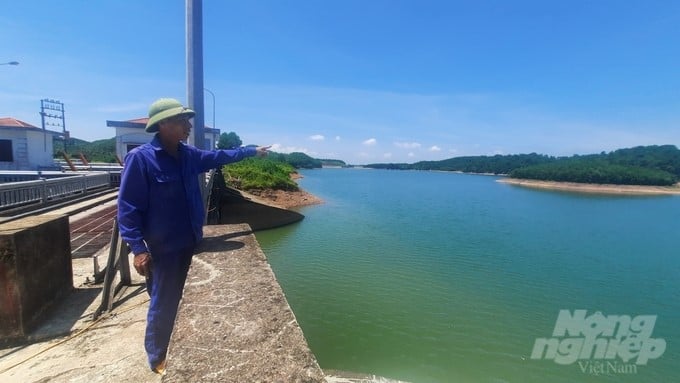
Dam Ha Dong lake (Quang Tan commune, Dam Ha district) has a design capacity of about 12 million m3. Photo: Nguyen Thanh.
Located on the Dam Ha River, Dam Ha Dong dam (Quang Loi commune) is one of the largest irrigation structures in Dam Ha district. With a total capital investment of over VND 500 billion, the dam is responsible for providing water to irrigate approximately 3,500 ha of farming land, providing domestic water for nearly 30,000 people, preventing floods, improving the climate in the region, etc. This is one of the important irrigation structures, contributing to the development of the agriculture sector in Dam Ha district.
At the end of October 2014, this place had an incident with water overflowing the main dam and collapsing the auxiliary dam, causing heavy damage. According to calculations by the Dam Ha District People's Committee at that time, the total damage caused by the Dam Ha Dong dam incident was estimated at VND 55.4 billion.
Approximately 10 years after the incident, Dam Ha Dong dam is now more solid than before, and along with that, the control to ensure dam safety here is always focused. Technical parameters on the monitoring device are automatically sent to the monitoring station. The amount of water in the lake, the amount of water that penetrates through the dam's body, especially during the flood season, and the displacement of the dam's body are all measured and carefully checked. The safety status of the dam is always paid attention to and strictly controlled by officials and employees.
According to statistics from the Quang Ninh Department of Agriculture and Rural Development, the province currently has 176 dams and irrigation reservoirs in operation, with a total design capacity of 359 million m3, a design irrigation capacity of 33,100 ha, a domestic and industrial water supply of 36.3 million m3, and a water supply for aquaculture of about 2,000 ha.
According to the decentralization of management, exploitation, and protection, Irrigation One Member LLCs are assigned to manage most of the large-scale structures, including 68 structures (in which there are 46 reservoirs, 11 pumping stations, and 11 water-raising dams) and about 630km of canals of all kinds, ensuring irrigation and drainage for over 31,000 ha of agricultural production land and supplying over 30 million m3 of raw water to serve daily and industrial needs.
District People's Committees are assigned to manage 607 structures of medium and small scale (134 reservoirs, 90 pumping stations, and 383 water-raising dams), serving 22,842 ha of agricultural production.
Implementing regulations on dam safety management, up until now, 4/6 dams and irrigation reservoirs as regulated have been installed with operation monitoring systems, information equipment, and downstream safety warnings. Particularly, two dams and irrigation reservoirs with free overflow, namely Khe Che and Quat Dong, have installed an operation monitoring system (belonging to the project of repairing and upgrading dam safety in Quang Ninh province).

The systems of water level measurement and waterhead rain warning help ensure dam safety, especially in the rainy and stormy seasons. Photo: Nguyen Thanh.
Besides, 2/16 dams and irrigation reservoirs have been installed with downstream safety warning and communication equipment; 39/62 dams and irrigation reservoirs have been set protective landmarks; 53/148 dams and irrigation reservoirs have plans to protect dams; 11/148 dams and irrigation reservoirs have approved emergency response plans and downstream flood maps; and 35/148 dams and irrigation reservoirs have the outline and estimate for building an emergency response plan approved and being implemented.
Over the past time, the localities and reservoir operating units have been proactive and in accordance with the process, preventing incidents and ensuring the safety of the structures and downstream areas. In addition, localities have accelerated the construction progress of irrigation structures such as Khe Tam reservoir (Ba Che district); renovating and upgrading canals in Duong Huy and Cong Hoa communes (Cam Pha city); repairing and troubleshooting the N2B canal section of the Yen Lap lake canal system, etc.
Mr. Doan Manh Phuong, Director of Quang Ninh Sub-Department of Water Resources, said that from the beginning of the year, localities and units managing and exploiting irrigation structures in the province have inspected and assessed the safety of irrigation structures before the rainy and flood seasons.
The test results show that most of the medium and large reservoirs in the province are basically operating normally and ensuring safety in this year's rainy season. However, there are a number of degraded structures that need to be paid attention to and overcome soon.
Currently, it is the stormy season. Under the impact of climate change, extreme weather phenomena occur frequently and irregularly, and their severity is increasing. Therefore, forecasting, firmly grasping the weather situation and developments, and taking the initiative in response plans and situations will help minimize damage caused by rain and storms.
Translated by Huyen Vu Thu
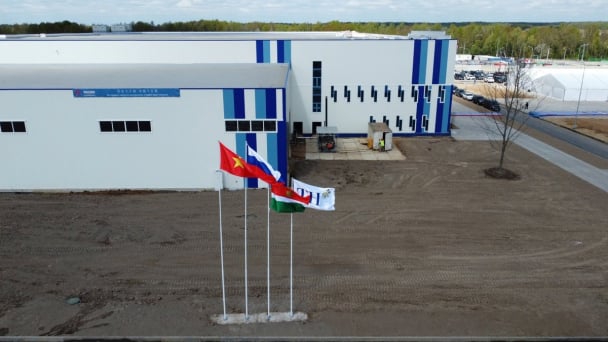
(VAN) Vietnam’s TH Group officially put its high-tech fresh milk processing plant into operation in the Russian Federation, marking a historic moment as the first TH true MILK cartons were produced in Russia.
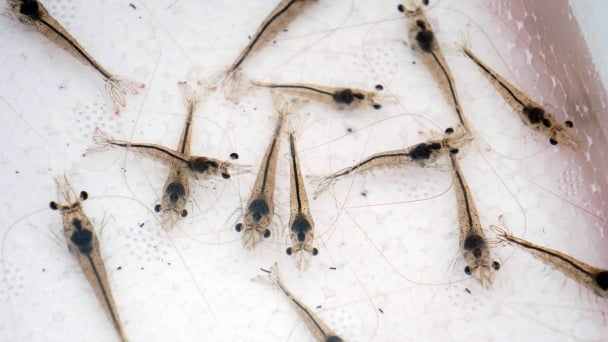
(VAN) Use of high-quality broodstock and biotechnology is regarded as the most effective approach to ensuring sustainable and economically viable shrimp aquaculture ahead of climate change and the emergence of increasingly intricate disease patterns.
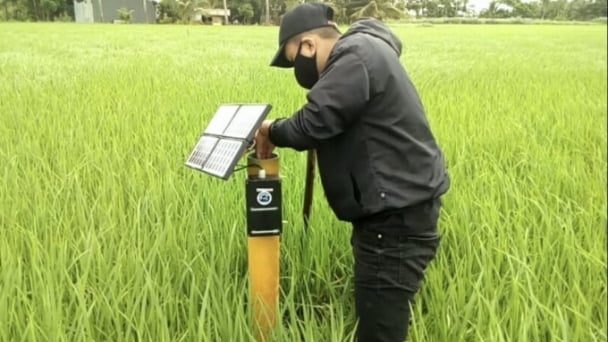
(VAN) Carbon farming is a form of agricultural practices that helps absorb more greenhouse gases than it emits, through smart management of soil, crops, and livestock.
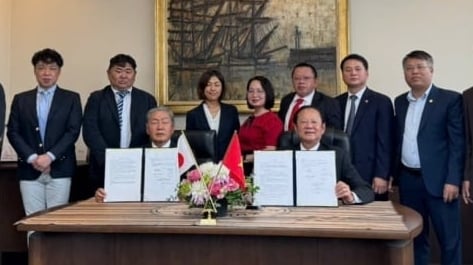
(VAN) This is a key content of the Memorandum of Understanding recently signed between the Vietnam Fisheries Society and Kunihiro Inc of Japan.
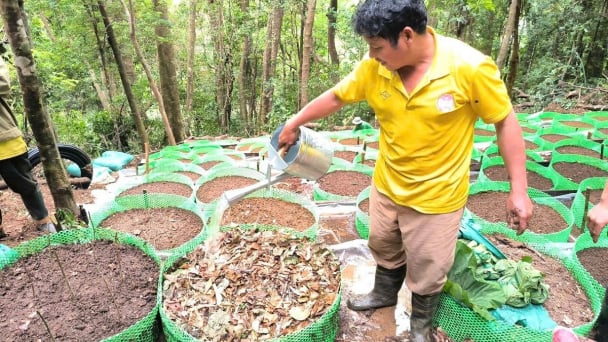
(VAN) To achieve the goal, local authorities and businesses in Kon Tum province have fully prepared the necessary conditions for the new Ngoc Linh ginseng planting season.

(VAN) Jiangsu province is gearing up to host training programs in Phnom Penh, the capital of Cambodia, this year to establish the Fish and Rice Corridor.

(VAN) Le Hoang Minh, representing Vinamilk, shared the company's experience in energy saving and green energy transition for production at a workshop held during the P4G Summit.